In a global context, New Zealand’s small mountain glaciers often get overlooked and yet they are a beautiful part of New Zealand’s landscape. They are the water towers for the South Island and an essential part of its tourism, thanks to a few undeniable heroes (Frans Josef and Fox Glaciers), but sadly, they may not be as prominent in the future. In this post we review the state of modern glaciatio ...[Read More]
Cryo-Comm – Degrading Terrains
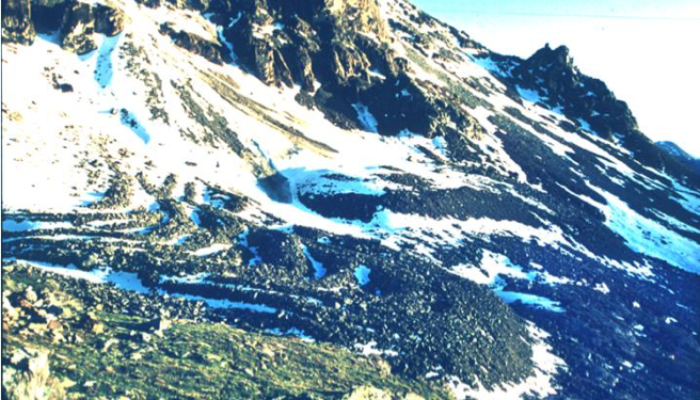
Beneath dusted peaks of mountain dew A dense and rigid backcloth skulks, Worn down and compacted with Fractured decades of aged powder; Trodden into rocky outcrops To lie barrenly against This frozen, ancient soil. Subtle shifts of these forgotten rocks Ripple across subterranean sediments, Dislodging once-stable foundations That now cascade like an ocean; Echoing across the fragile firmame ...[Read More]
Cryo-Comm – Capturing Ice
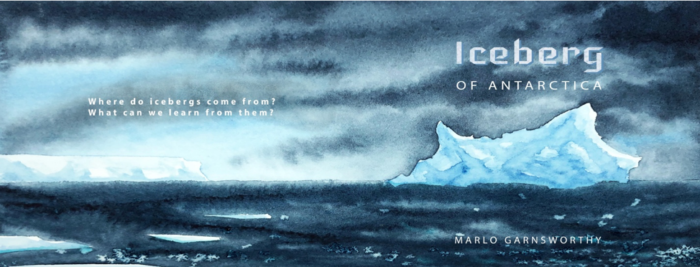
In this week’s blogpost, author, editor, artist, and outreach expert Marlo Garnsworthy gives some insights into her recent trip to Iceberg Alley, gives you some tips on how to communicate icy science, and shows us her inspirational artwork. If you’re reading this, ice may be on your mind. Ice is surely on mine. During my day job as a creative and editor, I dip frequently into Twitter for the lates ...[Read More]
Surviving in cold environments: from microbes under glaciers to queer scientists in the current social context
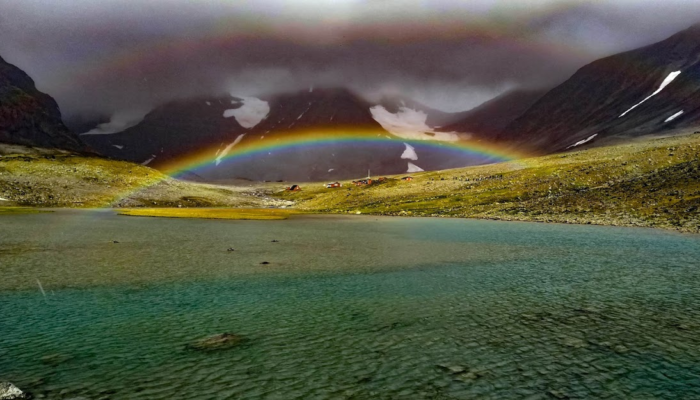
On the 5th of July we will celebrate the International Day of LGBTQ+ (lesbian, gay, bisexual, transsexual, queer, and people that do not identify themselves as cis and/or straight) People in Science, Technology, Engineering, and Maths (STEM). Many people will ask: “Why is this day important?” Being a queer scientist in particular, and a queer person in general, can sometimes reminds us of how livi ...[Read More]
Image of the Week – Looking to the past for answers
We’re only just really starting to comprehend the state and fate of Himalayan glaciers due to a scarcity of research along the monumental mountain range. Climbers and scientists have been observing these lofty glaciers since the 1900s. However, is that looking back far enough? Glacier moraines, featuring in this Image of the Week, can reveal change extending back thousands of years. You may look a ...[Read More]
Image of the Week – Unravelling the mystery of the 2017 Weddell Polynya
The mysterious appearance and disappearance of the Weddell Polynya, a giant hole in the ice, has long puzzled scientists. Recent work reveals that it is tightly tied to energetic storms. Read on to find out more… The eastern side of the Weddell Sea is a region known for its low concentration of sea ice due to the presence of a seamount, an underwater plateau called the Maud Rise. The seamount infl ...[Read More]
Climate Change & Cryosphere – Caucasus Glaciers Receding
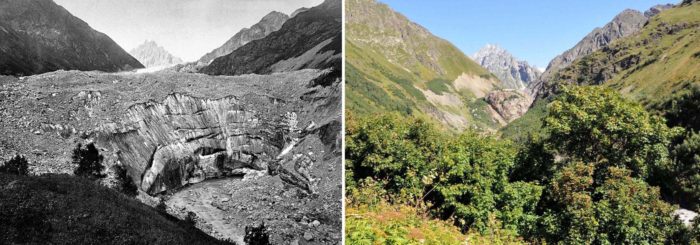
The Tviberi Glacier valley is located in the Svaneti Region – a historic province of the Georgian Caucasus. Between 1884 and 2011, climate change has led to a dramatic retreat of the ice in this valley. Other glaciers in the Greater Caucasus evolved in a similar way in past decades. We investigated glaciers and their changes both in-situ and with remote sensing techniques in the 53 river bas ...[Read More]
Image of the Week – The Lost Meteorites of Antarctica…
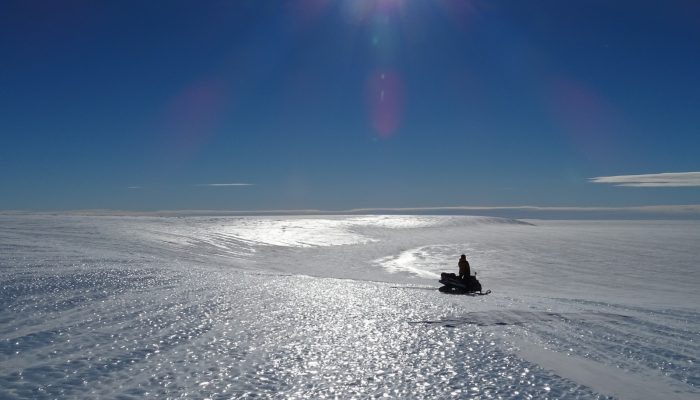
When most people think of Antarctica, meteorites aren’t the first things that come to mind. Perhaps they imagine the huge ice shelves, the desolate interior, or perhaps penguin colonies near one of the scientific bases — but usually not meteorites. So why is our project looking for meteorites in Antarctica, and besides, aren’t they all lost until they are found? Let’s start with the A ...[Read More]
Image of the Week – Who let the (sun)dogs out?
How peaceful it is to contemplate the sky … This is especially true of polar northern or southern skies where the low temperatures can engender unique light phenomena. We often tend call them all, wrongly, sundogs, but in fact, many more phenomena exist. To list a few, you can observe a parhelic circle, a 22° halo, a pair of sun dogs, a lower tangent arc, a 46° halo, a circumzenithal arc, a parry ...[Read More]
Image of the Week – Life in blooming melting snow
The new snow melting season has just started in the mountains of Europe and will last, in many alpine places, until the end of June. Weather in the middle of April is changeable. In the last few days sub-zero air temperatures have prevailed in the mountains during the day. In a frame of an international research project, me (Charles University) and Daniel Remias (Applied University Upper Austria), ...[Read More]
